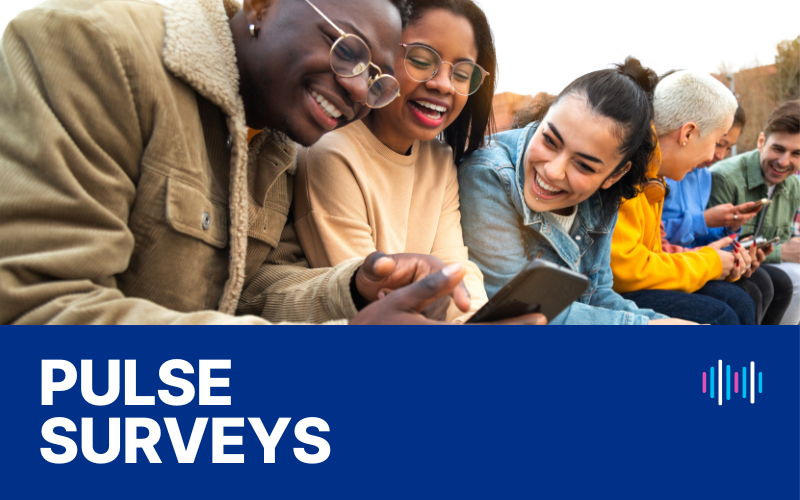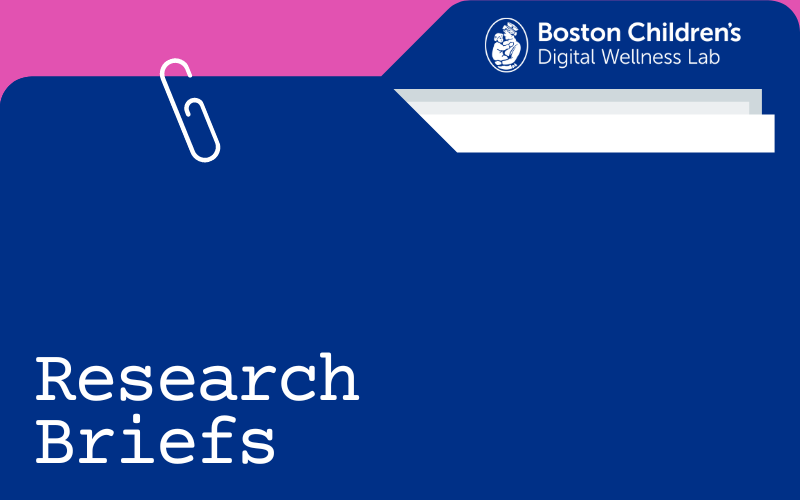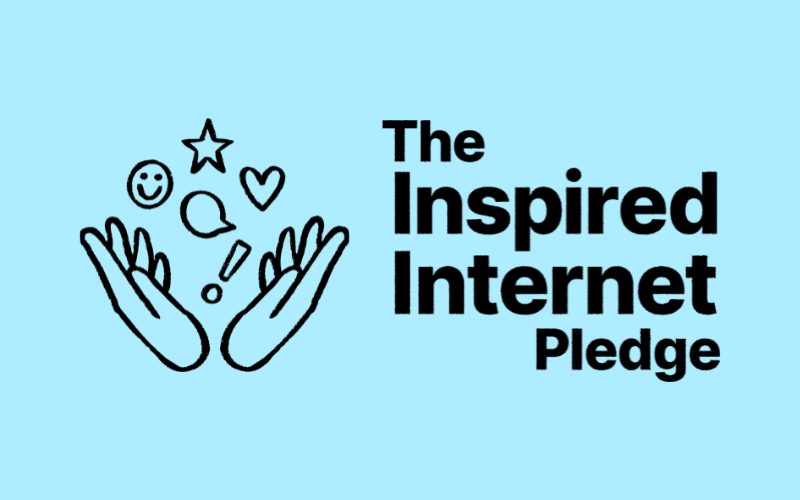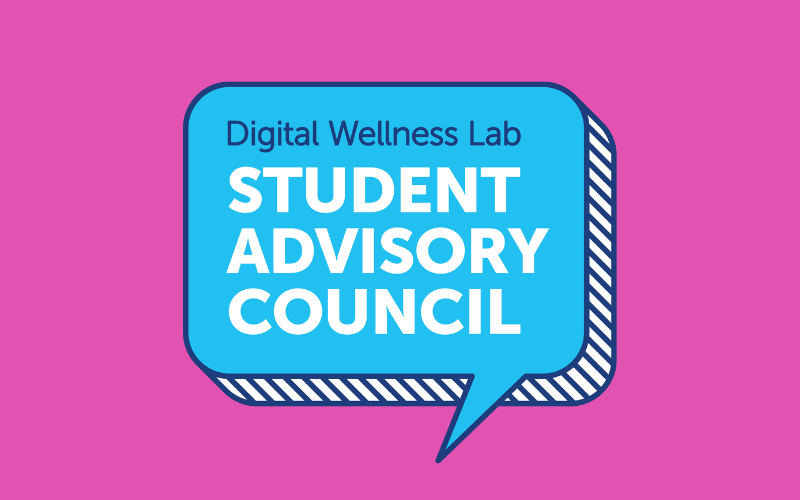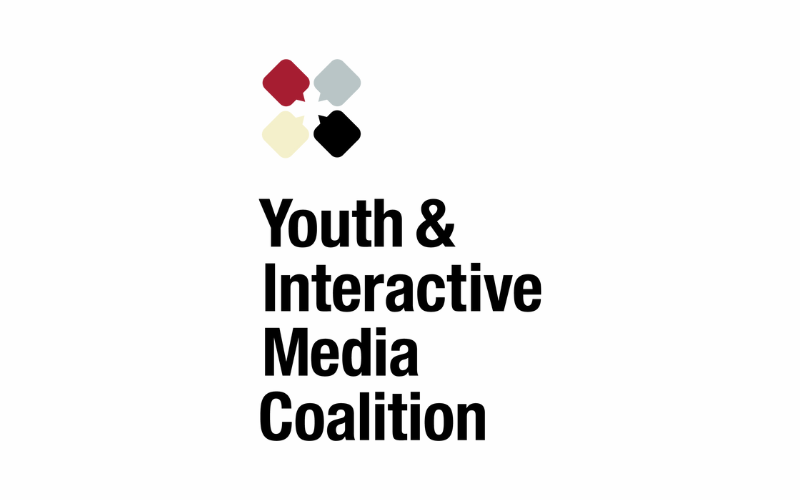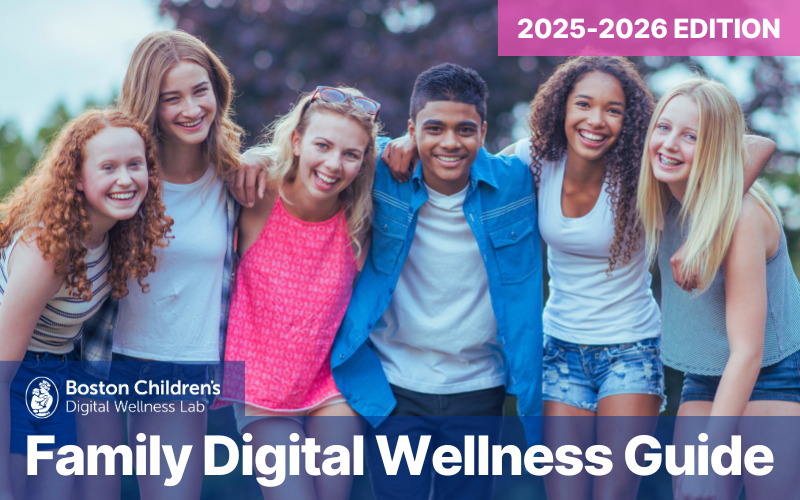Kerry Crofton, PhD
Founder/CEO, Global Health Alliance
Founder/CEO, Wellbeing International Ltd.
Author, Less Screen More Green – Finding freedom with The Mindful Tech Plans
What’s your organization’s mission, and what’s your area of focus?
Global Health Alliance is a Canadian non-profit where we’ve embraced a significant challenge: supporting the physical and mental well-being of children, youth, and adults in today’s tech-saturated digital age.
Our teams offer comprehensive digital wellness programs, including The Mindful Tech Plans™, designed to cultivate healthy technology habits at home, school, and in the workplace. We focus on evidence-based strategies to reduce screen-related stress, fatigue, tech overload, and digital dependency. Unlike many in this field, we consciously avoid terms like “addiction” when working with youth and families, as we’ve found it’s not a skillful or successful approach to this complex issue.
We empower individuals of all ages to enjoy the many benefits of technology through safer screen time guidelines, mindfulness practices, and “Forest Bathing” (healing time in nature), fostering a healthier tech-life balance. We champion nurturing practices and vital face-to-face connections, such as self-soothing without screens, giving children our full attention, reading print books together, encouraging unstructured outdoor play, and learning to embrace boredom—the pause that truly refreshes.
Scientific evidence consistently demonstrates the benefits of these practices in addressing a range of mental health challenges, including emotional stress, anxiety, burnout, feelings of isolation, and depression.
What led you to this work?
As a mother and grandmother, I deeply understand the complexities of parenting, a role made even more challenging by today’s digital age and its constant distractions. The last thing any of us needs is more guilt weighing us down.
My personal journey has led me to dedicate myself to helping other parents and grandparents find evidence-based strategies to embrace the many benefits of technology without succumbing to tech overload.
Having spent years as a public health educator, I’ve learned the limitations of fear-mongering. Instead, I’m passionate about empowering families with positive, actionable steps. Every small step in a positive direction counts – whether it’s setting healthy tech boundaries, prioritizing face-to-face connections, or making time to get outside and immerse yourselves in nature.
My core message is simple: feel good about the efforts you make each day. What might seem like a long, tiring day to you – bundling up the kids, getting safely to the park, and finding a quiet spot under an old maple tree to watch a beetle crawl along a leaf – could very well become a cherished, lifelong memory for them. These moments of mindful connection and appreciation for the natural world can shape a child into a future steward of our earth.
What have you learned in the course of doing this work about young people’s wellness while engaging with tech and interactive media?
Alarmingly, a growing body of hundreds of published peer-reviewed studies highlights significant concerns: diminished attention spans, increased anxiety, social isolation, depression, sedentariness, and a profound disconnection from nature.
One powerful example comes from a teacher who implemented our program: “Our school had been part of a pilot where each child was given a tablet. We spent a lot of time and money giving them what we thought was an advantage in this electronic era. We were wrong. Their grades slipped. Their attention spans were affected. I felt as though I was teaching a special ed class for ADD/ADHD. Now we’re back to pencils and paper and lots of outdoor learning, as you’ve set out in your School Tech Plan™. Much better for all of us. Now if we could just convince more of the parents.”
What guidance or advice do you have for parents and other caregivers to help kids to build and maintain their wellness when engaging with digital media and technology?
We are proud to align with Dr. Michael Rich, Founder/Director of the Digital Wellness Lab, who shares our positive, action-oriented focus and champions the often-underestimated benefits of boredom! Our collective aim is to guide parents, educators, and clinicians on how to leverage digital media in ways that optimize, rather than harm, child development.
Dr. Rich eloquently states: We know from recent research that there are three major elements that optimize early brain development in children:
- Face-to-face interactions with parents and caretakers
- Open-ended, creative, problem-solving play
- Being outdoors in nature
These foundational guidelines are at the heart of our programs as well. Here are some actionable steps we recommend for families:
- Envision Your Family Life: Begin by reflecting on the kind of family environment you aspire to create. What core qualities and values do you hope your children and grandchildren will develop as they grow?
- Family Tech Talk: Gather together, free from phones and tablets, for an open family discussion. Use this time to collaboratively tailor your family’s tech and social interaction guidelines, ensuring they resonate with your shared values and goals.
- Mindful Device Decisions: Approach the introduction of cell phones or tablets to children with careful consideration. Explore options like low-tech phones that offer essential connectivity without overwhelming features.
- Digital Declutter: Regularly review and remove non-essential features and apps from your devices to minimize distractions and simplify your digital environment.
- Establish Clear Tech Boundaries: Implement consistent rules such as “no devices at meals” – clear the dinner table and prioritize shared meal times whenever possible. Consider designating one day a week as completely screen-free.
- Create a Sleep Sanctuary: Power off all electronics at least one hour before bedtime and ensure devices are left outside the bedroom. Promote a sleep environment conducive to restful, uninterrupted sleep.
How would you change or design technology and/or media to be healthier for kids across the developmental span?
Go retro tech instead of buying the latest, highest-powered device!
Is there anything else you’d like to share?
There are many helpful evidence-based resources and tips in my book, Less Screen More Green – Finding freedom with The Mindful Tech Plans for families seeking to foster a healthier tech-life balance with deeper connections to self, others, and nature.
Mindful magazine is running a three-part series on finding a healthier balance with tech at home, work, and school, and you can read the first article here.
Lastly, I wanted to share some exciting upcoming news—I am banding together with a group of fellow grandmothers to form a new global coalition of “Green Grannies: Caring for the digital wellness of our grandchildren and their future on this earth.” I’m excited to bring forward their voices and learned experiences, to the timely conversations of this digital age.
We know that no one person, organization, or company can successfully address the challenge alone, so it’s imperative that we collaborate to design and maintain a healthier digital experience for all young people and their families. Our Fellow Travelers blog series features colleagues from around the world who focus on digital wellness from a different perspective than the Digital Wellness Lab, enabling us to share expertise in key areas of digital wellness that we don’t explore as deeply.
Here at the Lab, we welcome different viewpoints and perspectives. However, the opinions and ideas expressed here do not necessarily represent the views, research, or recommendations of the Digital Wellness Lab, Boston Children’s Hospital, or affiliates.

